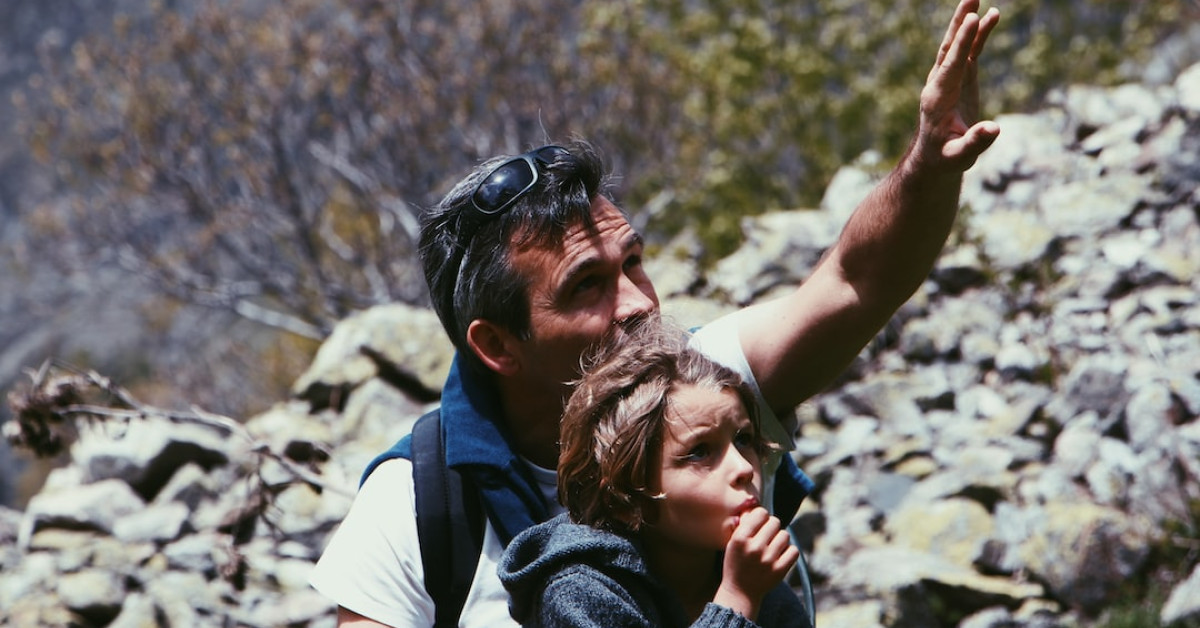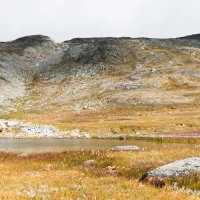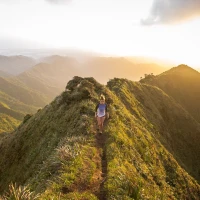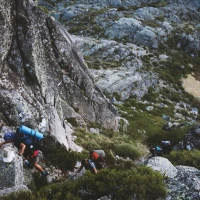Embarking on a trekking adventure is a beckon to nature’s playground, an invitation to challenge one’s spirit against the raw elements of the wild. However, the cornerstone of any successful trekking journey is, without a doubt, a reliable pair of hiking boots. In this comprehensive illustrated guide, we’ll navigate together through the maze of choices to help you find the perfect pair of hiking boots clipart not just as an accessory but as a trustworthy companion on your trekking triumphs.
With trekking as the beacon for adventurers and nature enthusiasts alike, we understand that the feat of finding the right gear can be as daunting as the trails ahead. Hence, we bring you a wealth of insights to inform your choice, ensuring your hiking boots meet the mark of quality, comfort, and durability.
The Quintessence of Quality Hiking Boots
Choosing the right hiking boots is not just a purchase; it’s an investment in your osrs temple trekking lifestyle. Whether you plan to conquer high-altitude summits or amble along forested paths, the essence of quality should never be overshadowed by aesthetic appeal alone.
Material Mastery: The Foundation of Footwear
The material of your trekking vs hiking boots dictates their durability, breathability, and water resistance. They typically come in three main variants:
- Leather: Robust and water-resistant, leather boots offer excellent durability. Look for options with minimal seams to reduce weak points where water can seep in.
- Synthetic: These boots are lighter, usually more breathable, and require less breaking in. However, they may not be as long-lived as their leather counterparts.
- Hybrid: A combination of leather and synthetic materials may provide a balanced approach, hitting the sweet spot for many trekkers in terms of weight, durability, and water resistance.
Tread and Sole: The Grip That Guides You
The soul of a hiking boots red laces boot lies in its sole – the tread pattern and outsole material are key factors for stability.
- Vibram Soles: A popular choice for robust traction, hiking boots clipart featuring Vibram soles are known for their grip on diverse terrains.
- EVA vs. Rubber: Ethylene-vinyl acetate (EVA) soles are lighter and provide cushioning, while rubber offers better durability and resistance to rough terrain.
Fit and Comfort: Your Trekking Symbiosis
Finding the right fit is imperative. It’s about the buy trekking poles carry on journey, where boots feel like an extension of your own body. Remember:
- Take your time trying on different sizes; discomfort has no place on the trail.
- Consider the socks you’ll wear. Cushioned, moisture-wicking socks can add to the overall comfort.
- Look for padding in the collar and tongue of the boot for additional ankle support and a snug fit.
The Art of Matching Boots to Terrain
For The Casual Trekker: Light Trails and Day Hikes
If your adventure scale tips towards light day hiking vs trekking, you may want to choose boots that offer flexibility and comfort. Look for hiking boots clipart that showcase agility and a lighter build to keep you nimble across undemanding terrains.
For The Intrepid Explorer: Tough Trails and Multi-day Hikes
In contrast, if challenging, uneven paths call your name, you’ll require boots that boast superior support and protection. Rigid soles, waterproof materials, and enhanced ankle support should be your guiding criteria.
For The Alpine Adventurer: Snow Capped and Rocky Peaks
For those reaching out to the skies, trekking in alpine regions demands boots equipped for insulation, sturdiness, and a grip capable of biting into ice and sliding over scree. Look for hiking poles boots clipart that illustrate a stiff build with advanced waterproofing features.
Navigating Boots Features for Optimal Trekking Experience
Ideally, columbia hiking pants women boots are an amalgamation of multiple features designed to provide the best trekking experience. Some of these features include:
Waterproofing: The Barrier between Dry and Drenched
Waterproof hiking boots are often outfitted with membranes like Gore-Tex or eVent. These materials are designed to let your feet breathe while keeping moisture out. Consider the following points:
- Waterproof boots aim to shelter you from the unexpected puddle or unexpected rain shower.
- Remember, while waterproof features are essential, they need to be balanced with breathability, especially in warmer climates.
Lacing System: The Core of Custom Fit
A robust lacing system can significantly influence the boots’ fit and your comfort. Hiking boots clipart often emphasize the lacing hooks, eyelets, and notable features like lock-lacing to prevent loosening over time.
The Ankle Debate: Low-cut, Mid, or High?
The height of your hiking boots impacts both your mobility and protection:
- Low-cut boots are light and suited for easy trails but offer minimal ankle support.
- Mid-height boots balance support with flexibility and are versatile for varied trekking conditions.
- High-cut hiking boots are your defense against sprains and twists on treacherous terrain, making them an indispensable ally for rugged, off-trail adventures.
Essential Steps Before You Hit The Trail
Breaking In Your Boots: The Prelude to Comfort
New boots need to be broken in; they’re not ready for a full-day trek right out of the box. Start small with short walks around your neighborhood before gradually increasing distances.
Knowing When to Replace: The Lifespan of Your Boots
Even the best hiking boots clipart doesn’t last forever. Look out for signs of wear and tear, such as:
- Fading tread on the soles, affecting the grip.
- Waterproofing that’s no longer effective, leaving you with wet socks more often than not.
- General discomfort where there once was bliss, indicating that the interior cushioning may be compromised.
Hiking Boots Maintenance: Prolonging Your Footwear’s Lifespan
To ensure your trekking boots stay in prime condition for as long as possible, follow these tips:
- Clean them after each hike to remove dirt and debris.
- Dry wet boots thoroughly, avoiding direct heat sources as they can damage the material.
- Use conditioners or waterproofing treatments as recommended by the manufacturer.
The Moral of the Trail: Your Hiking Boot Checklist
Before you set out for your next trekking endeavor with your newly chosen hiking boots clipart, make a final run through this checklist:
- Comfortable and snug fit, with no pinches or pressure points.
- Adequate ankle support for the terrain you plan to conquer.
- Appropriate outsole tread for your preferred trail type.
- Waterproof but breathable materials, especially if you anticipate wet conditions.
- Reliable lacing system that keeps your foot secure without causing discomfort.
Your Next Step In Hiking Domination
With this guide, you are now better equipped to navigate through the multitude of hiking boots clipart options available. Remember, every step on your trek is governed by the quality and suitability of the boots you choose. So tread wisely, select diligently, and embrace the trekking trails with confidence knowing you have the perfect partner firmly laced onto your feet.
In your quest for the ideal hiking boots, may every trail lead to new heights and unforgettable experiences. Now, go forth and etch your mark onto the vast canvases of the natural world – one trail, one boot-clad footstep at a time.










